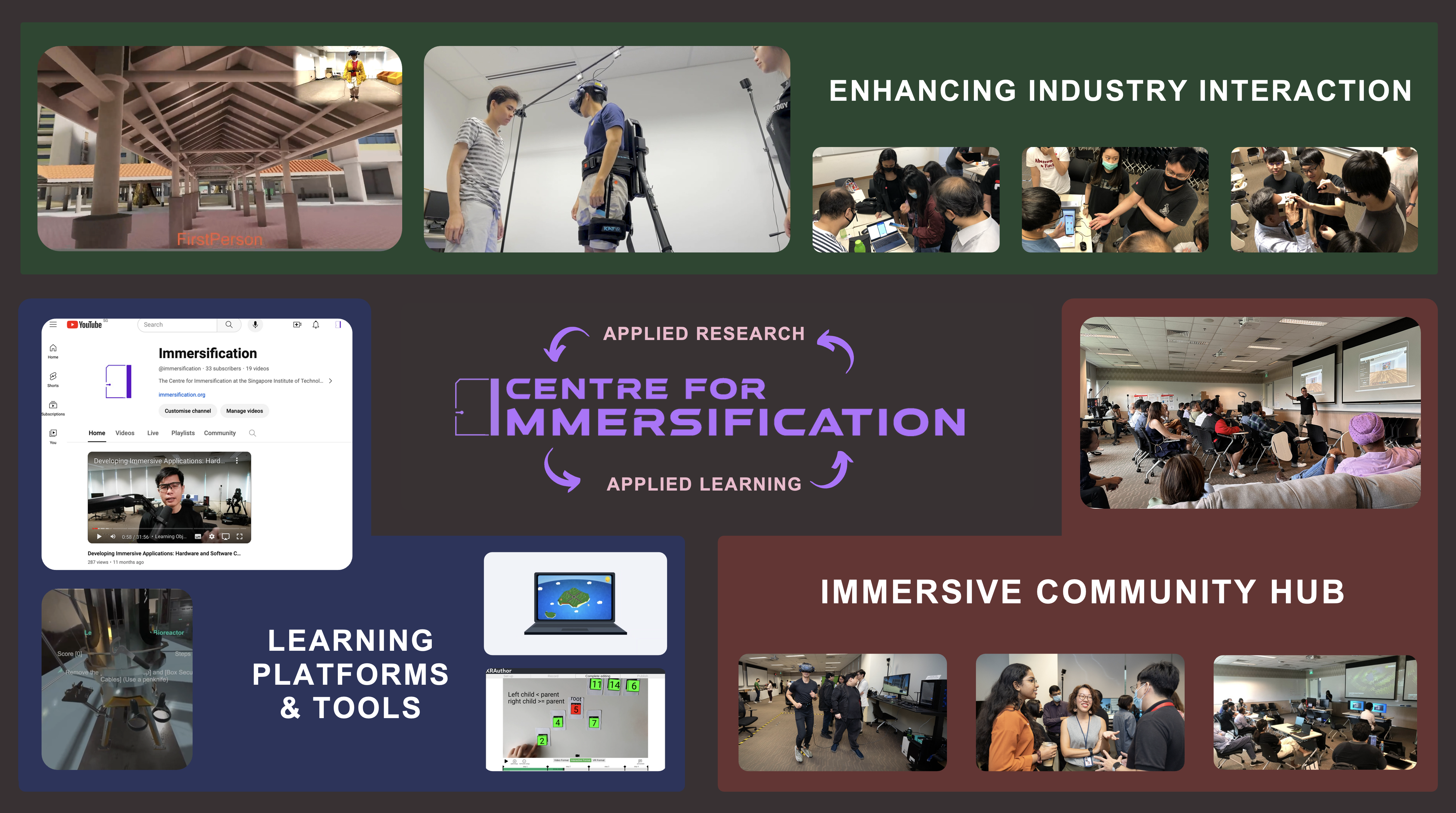
SIT Research Positioning
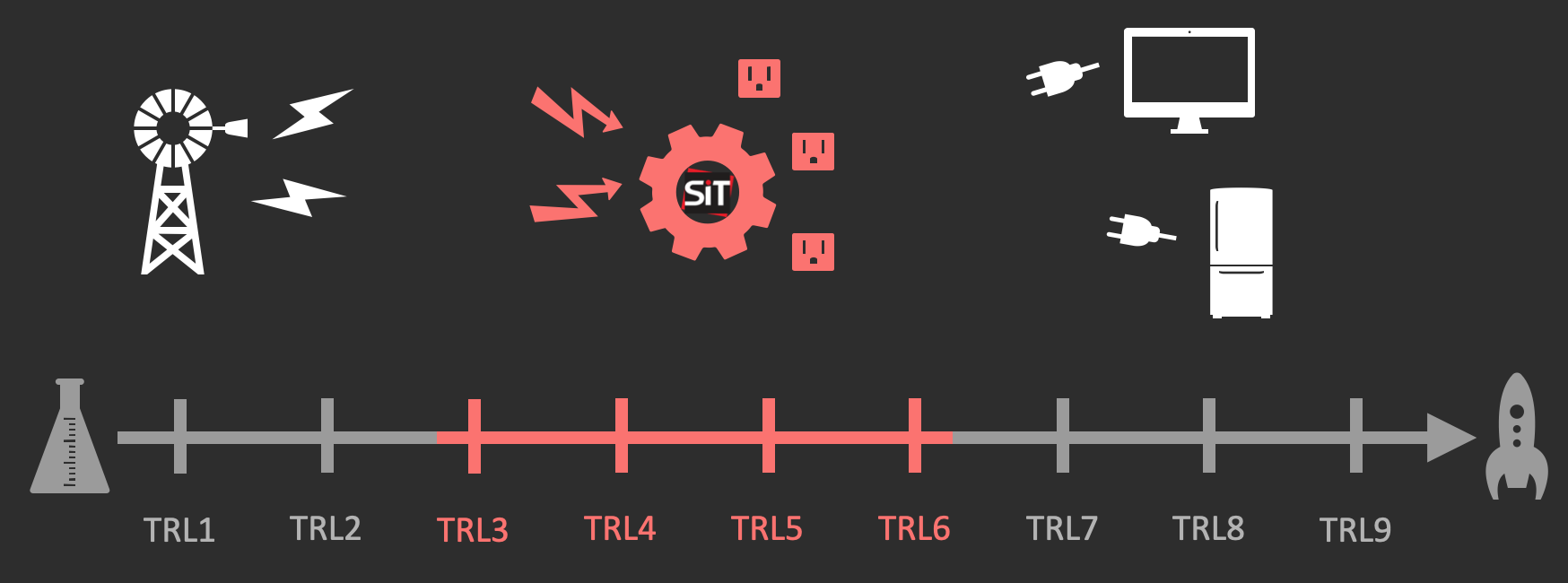
WHAT is our mandate?
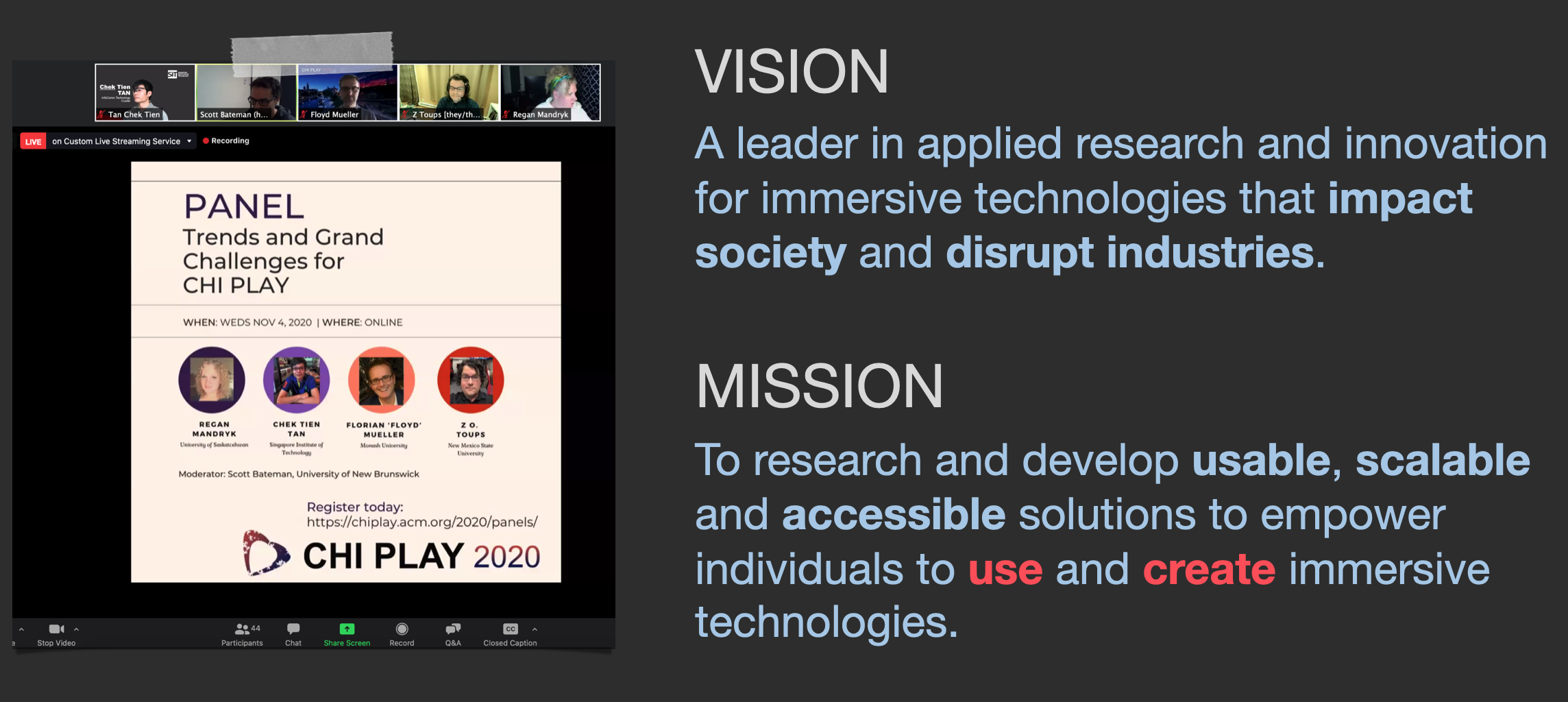
Problems with using immersive technologies
- devices/apps targeted at enthusiasts [accessibility]
- most work are for single-persons [scalability]
- little is known about interaction design [usability]
Problems with creating immersive technologies
- hard to maintain/update [usability]
- laborious ~up to years [scalability]
- costly ~100k to >$1M [scalability]
- vendor-dependent [accessibility]
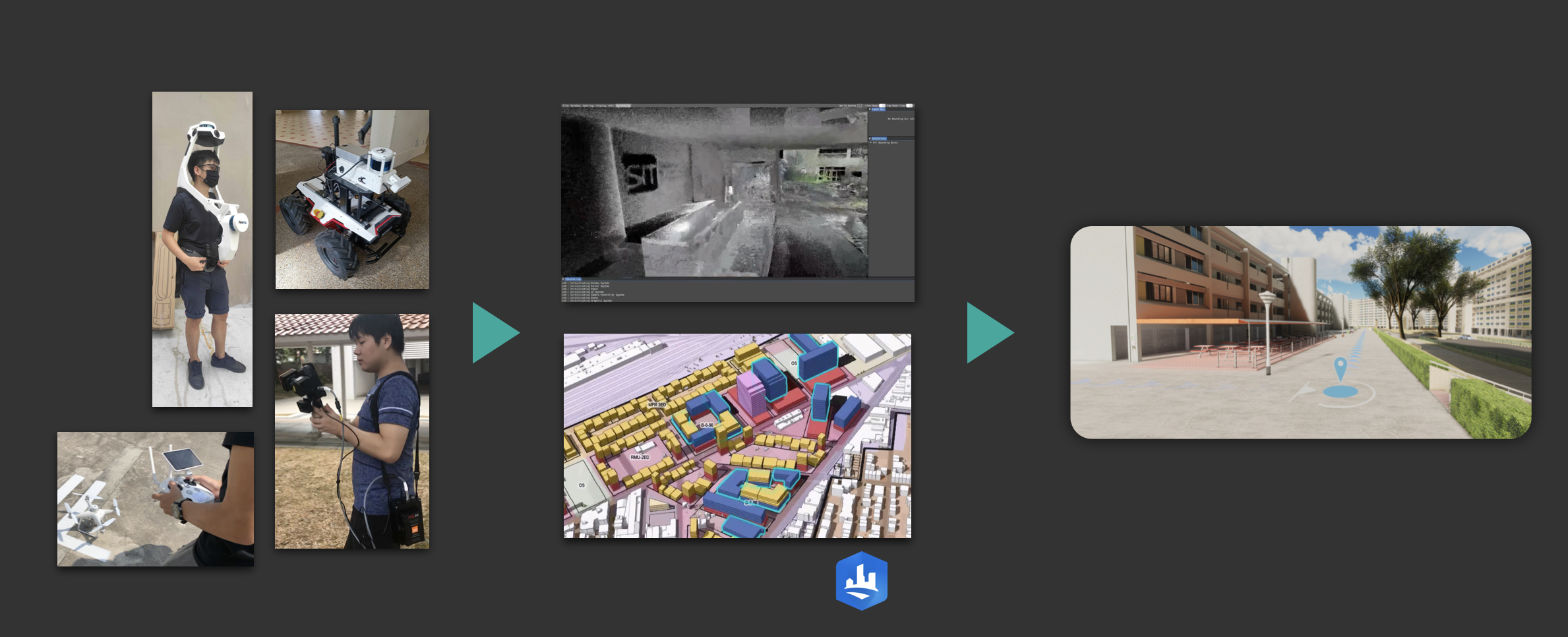
HOW are we doing this?
Immersification Horizontals

Developing Competitive Research Capabilities
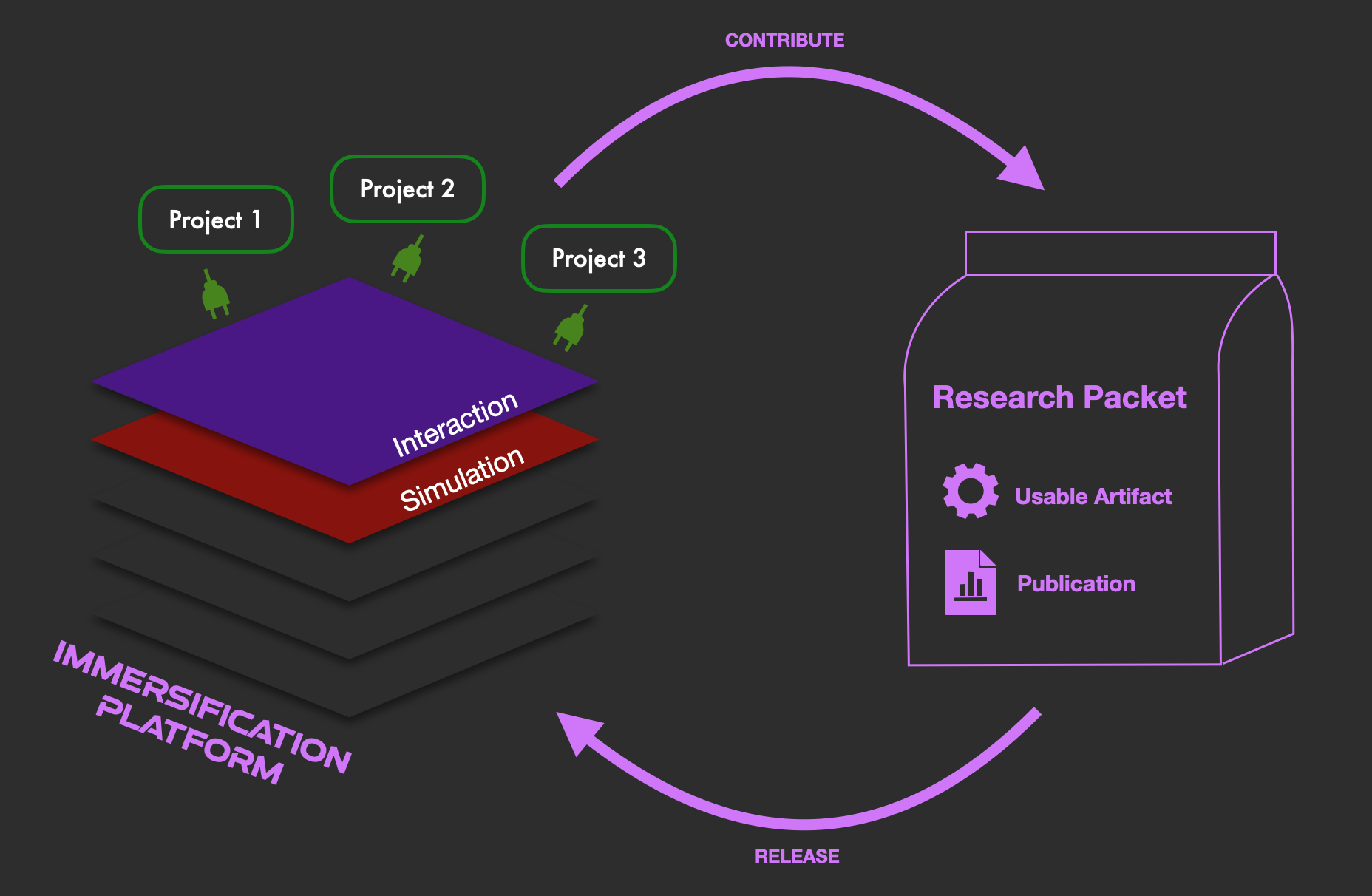
Collaborations with EdTech and Virtual Campus
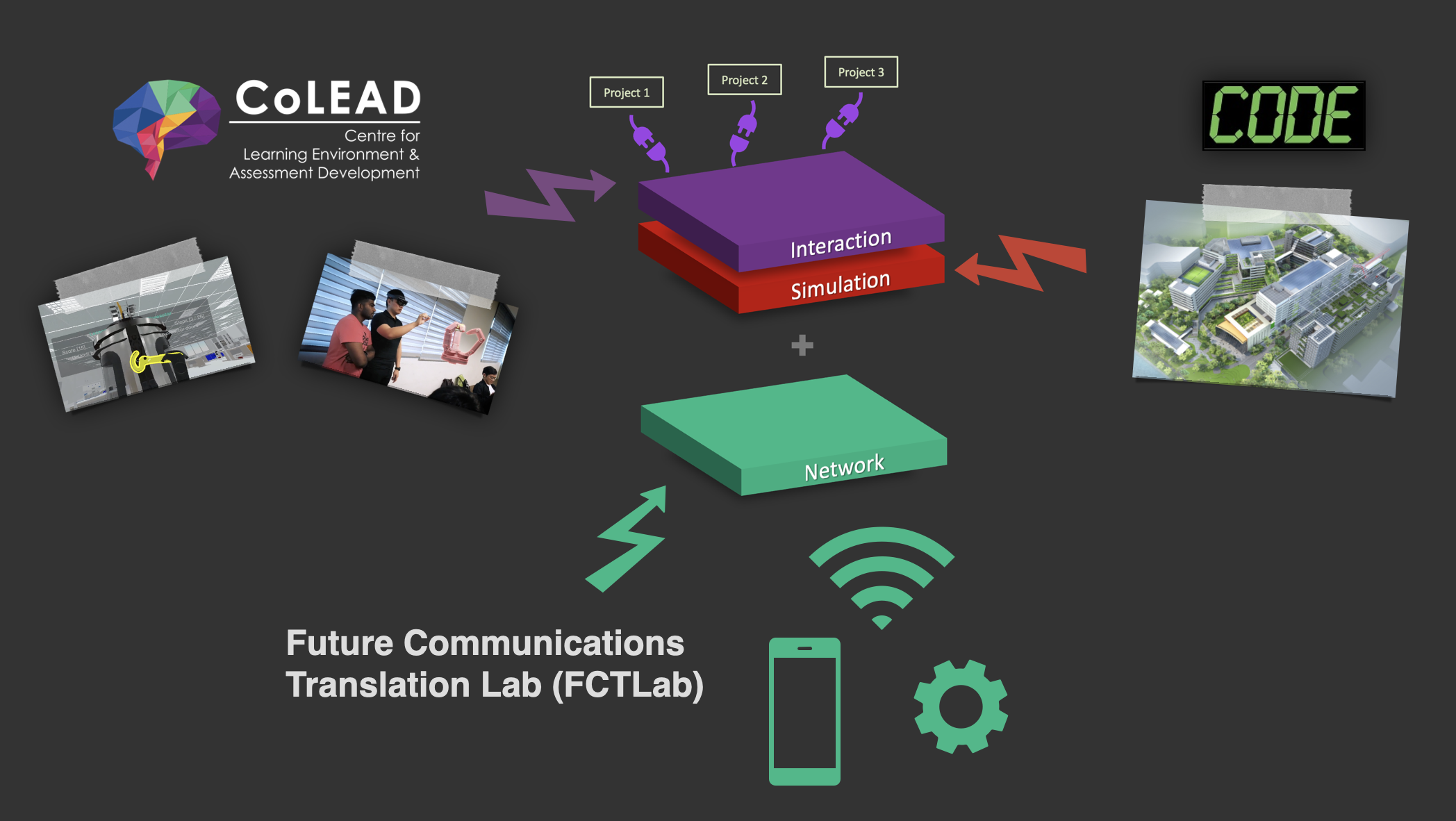
Building a Community repoSITory
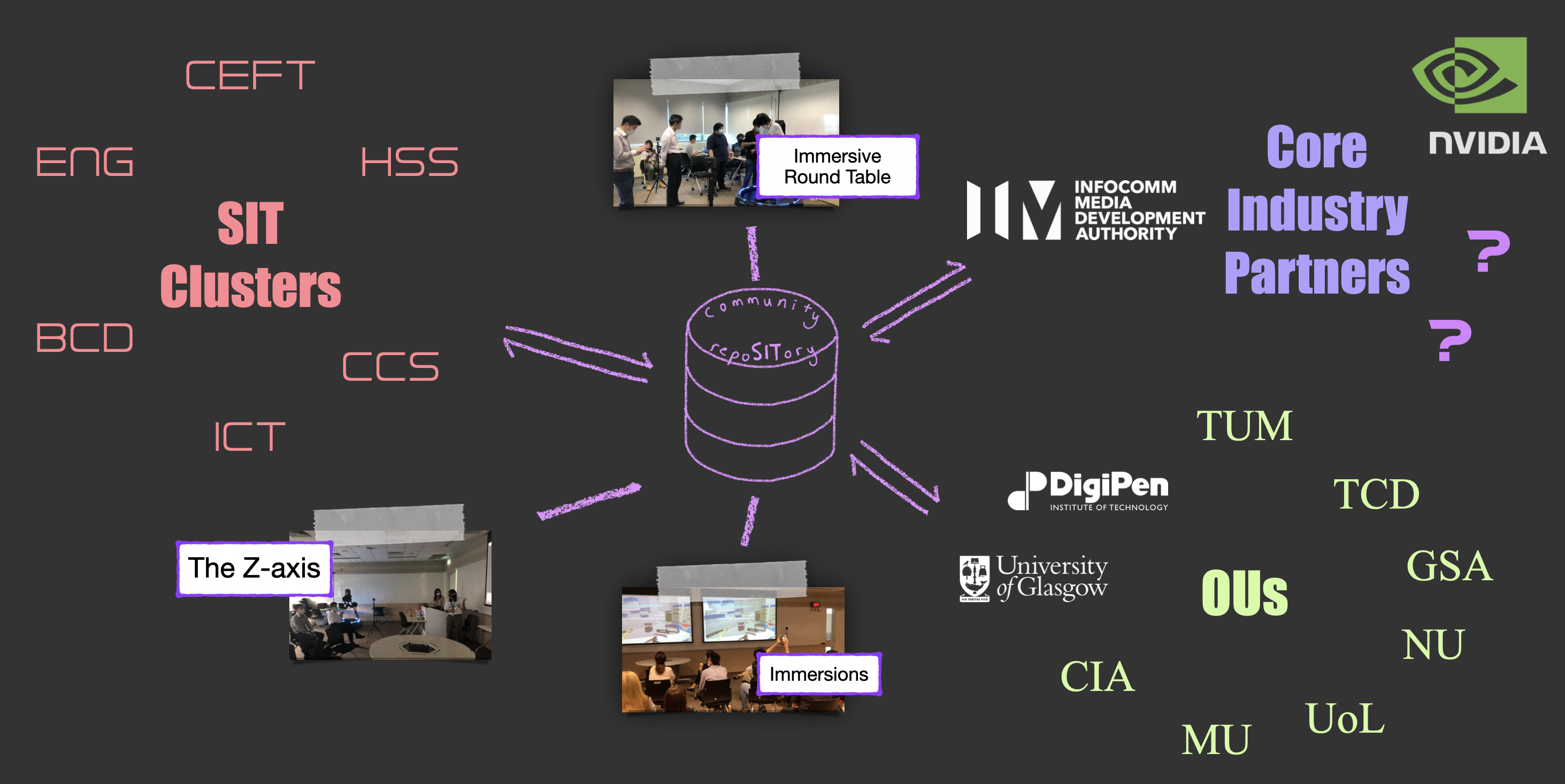
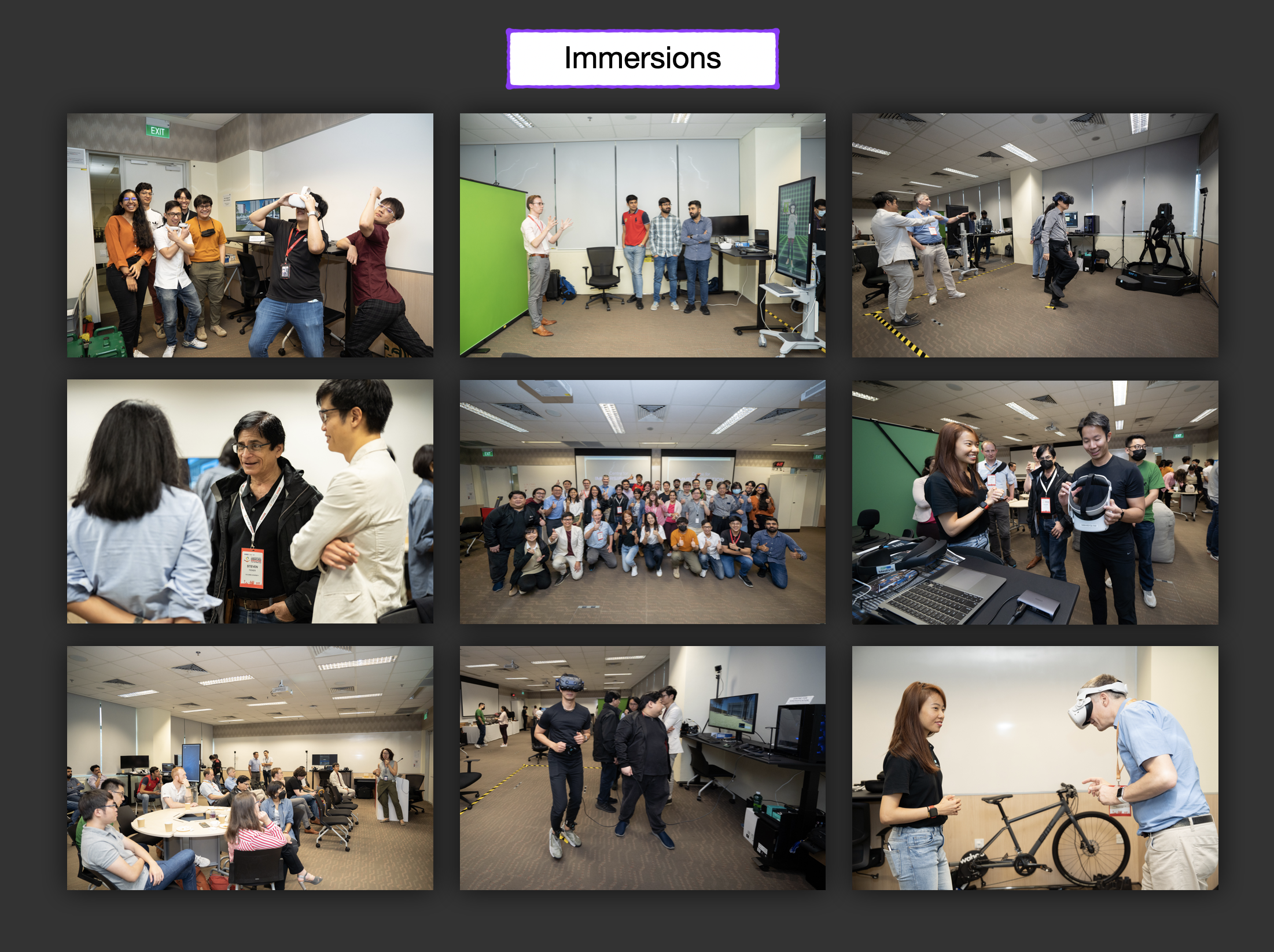
Immersions was a large-ish event co-organized with IMDA that brings together SIT project researchers and PIXEL industry practitioners. We hope to do this again where and when possible.
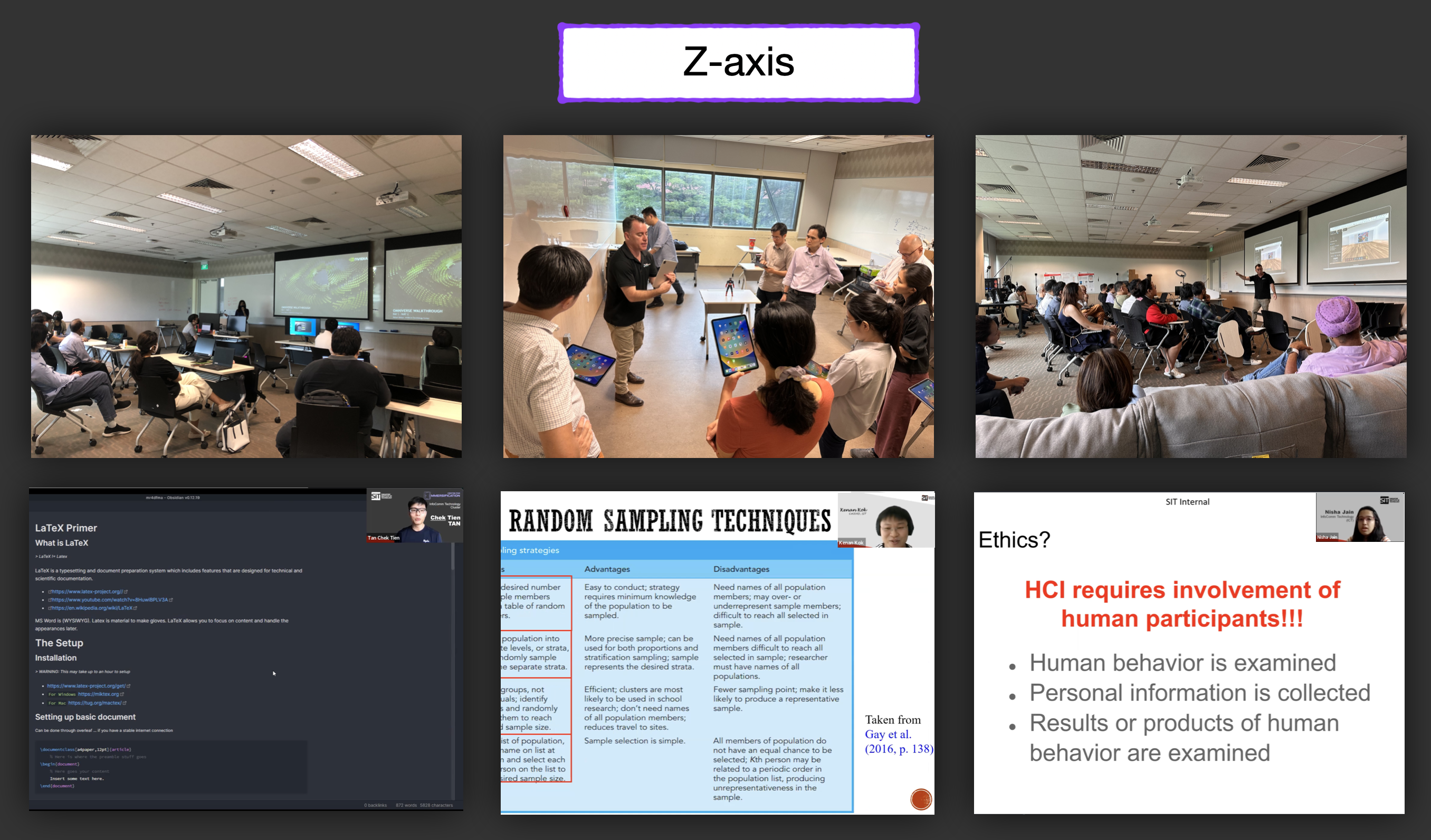
The Z-axis consists of regular gatherings of various formats that help build our research skills. The z-axis is this additional research dimension that all of us need but is sometimes hard to get our heads around, just like how math gets much harder in 3D but we can’t really survive in this world with 2 axes only.
Currently, this has evolved to become “I²M Z”, where it is hosted by the I²M (Intelligent Immersification in the Metaverse) ACM thematic chapter (https://i2m.diaversity.org) which we started with founding members from SIT, NVIDIA and Meta.
At I²M we also organize the I²M XY, a play on the concept of the XY plane in computer graphics, where basic concepts are first laid out. Similarly, these sessions aim to build a foundation for understanding and working with immersive technologies. Separately, we have a I²M Z series that explores state-of-the-art research topics but will typically be held physically at leading conferences.
In the images, top-left to bottom-right, we have:
- NVIDIA running multiple workshops on the Omniverse platform
- Apple running an AR workshop
- Apple presenting various development tools for iOS
- SIT Research Engineer providing a LaTeX primer
- CoLEAD Researcher presenting a tutorial on statistical analysis
- SIT Faculty presenting on Ethical research practices
Facilitating Learning Through Research
We manage the UI/UX Studio at SIT’s Punggol Campus - a teaching resource space designed to support student learning activities in user interface (UI) and user experience (UX) design and development.
- Our research activities are centred on Human-Computer Interaction (HCI), closely aligned with UI/UX practices in the industry.
- Immersive technologies increasingly shape the frontiers of digital interaction, and our deep expertise in this area positions students to engage with cutting-edge technologies to become leaders in the field.
With the Centre’s role in bridging scientific research to the industry, coupled with it’s focus on engaging students, it inherently fosters a mutually beneficial interaction between the industry and SIT students.
The Research-Learning Nexus
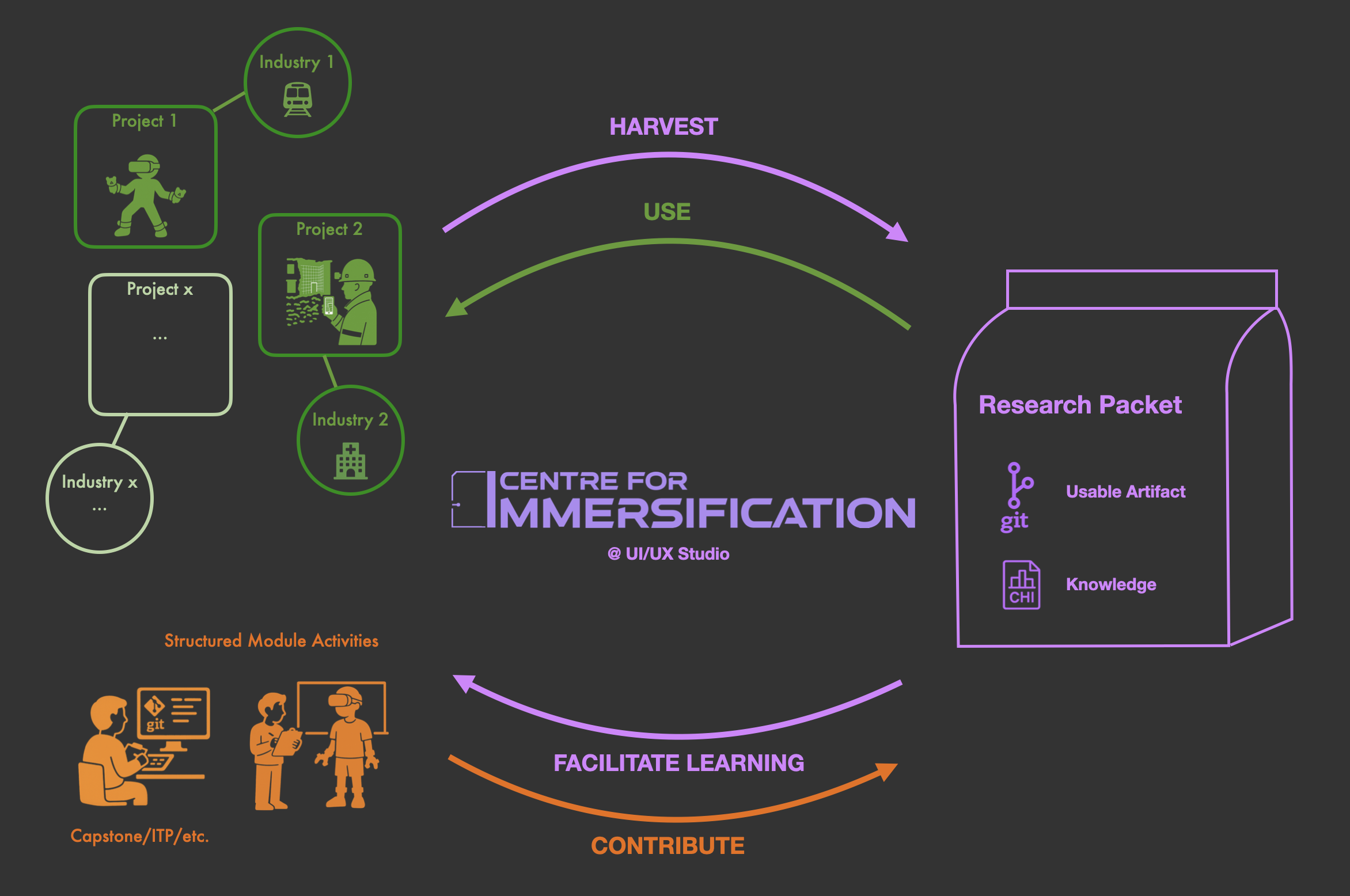
In the image above, we highlight how the Centre facilitates a vital nexus between academia, industry, and students. The Centre for Immersification is committed to developing tools and knowledge for immersive technologies, with a strong emphasis on Human-Computer Interaction (HCI) and UI/UX practices. This focus ensures our research serves as a robust platform for applied learning, a core philosophy embraced by SIT.
- We harvest Research Packets from applied research projects related to immersive technologies. Each packet includes a usable artifact (e.g., a GitHub repository) and scientifically grounded knowledge (e.g., academic publications). These are listed on our project page.
- These Research Packets are then made available to faculty and students, who can integrate them into their learning activities, e.g., using the GitHub repositories as platforms for student projects or drawing on the publications as first-hand SIT-generated knowledge for lectorials.
- Student contributions to these Research Packets are actively encouraged, enabling them to extend the open-source tools and participate in further HCI research.
- Finally, the updated Research Packets are shared back with industry and related projects, fostering a continuous cycle of knowledge exchange and development.
Note the use of the word HARVEST here. As SIT seeks to address real-world industry needs, independently funded projects often focus narrowly on meeting immediate KPIs, making it challenging to produce reusable research outputs. By systematically harvesting these Research Packets, the Centre ensures that valuable knowledge and tools are captured and made available for reuse by SIT students and the broader community, forming a foundation for future work. At the same time, the rigor embedded in the research process enhances the quality of these outputs, allowing them to better support specific project needs and achieve higher-impact outcomes.
Note: we are not just trying to be PMs that try to match up industry needs with student projects. Through the research packet, we are trying to create a usable knowledge platform that can run asynchronously for industry and students to have meaningful interactions.
A Peek into Learning Activities
The following videos/images show some of the interactions that have taken place in the lab, where students from various programmes have close interactions with industry partners and faculty to create
In our investigation of building a VR Commuting Simulator for LTA, student teams across various modules (e.g., Software Management, Mobile Application Development, Design Thinking) played key roles in the design and implementation.
 For example, we can see Software Engineering students in a Mobile App Development module interacting with LTA planners to obtain sprint feedback on their apps.
For example, we can see Software Engineering students in a Mobile App Development module interacting with LTA planners to obtain sprint feedback on their apps.
In this HSS-led project, we see a Physiotherapy student running a user study with the 360 VR treadmill setup we built with Mechanical Engineering students. This is a VR rehab system for physicians at Ng Teng Fong hospital to evaluate rehabilitation potentials of VR.
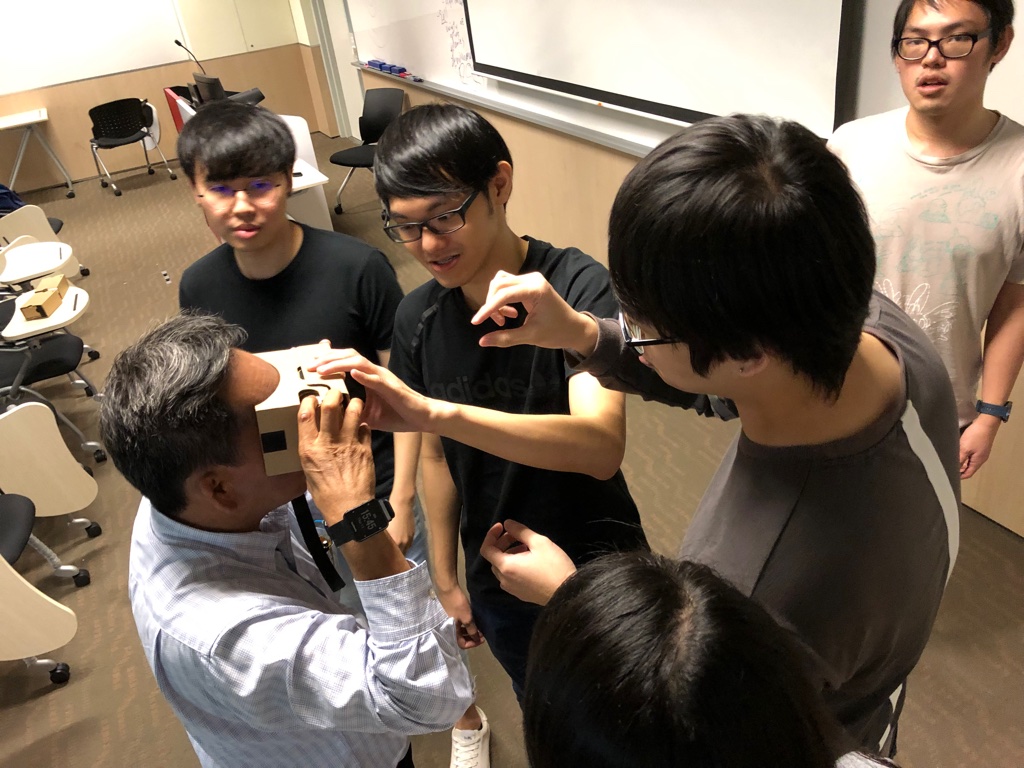
Here, we can also see Digipen RTIS students helping the President of Singapore Safe Cycling Task Force try the VR Cycling Simulator they built in a Software Engineering module.
Immersive Learning Tools
The Centre’s research also includes a key theme on using immersification concepts to develop learning platforms and tools to augment student learning.
An example tool we built is the AI Tutor, an immersive LLM-based chatbot tutor platform that goes beyond being just a assistant task-based chatbot. This was first deployed in a Design Thinking course at SIT, where students could interact with the AI Tutor in various ways, including text-based chat, video-based deepfake of the course lecturer, and a neutral non-human 3D character.
Another educational tool we built is XRAuthor, an open-source web-based tool for educators to create multiple levels of immersive learning content using a single video-recording workflow.
A wider learning platform we’ve developed is AdventureLEARN, co-developed with STLA, which is a gamified self-driven learning platform that augments student learning in the area of personal traits and other soft graduate skills. This platform is SIT-wide and benefits SIT students across all programmes.
The Physical Learning Space
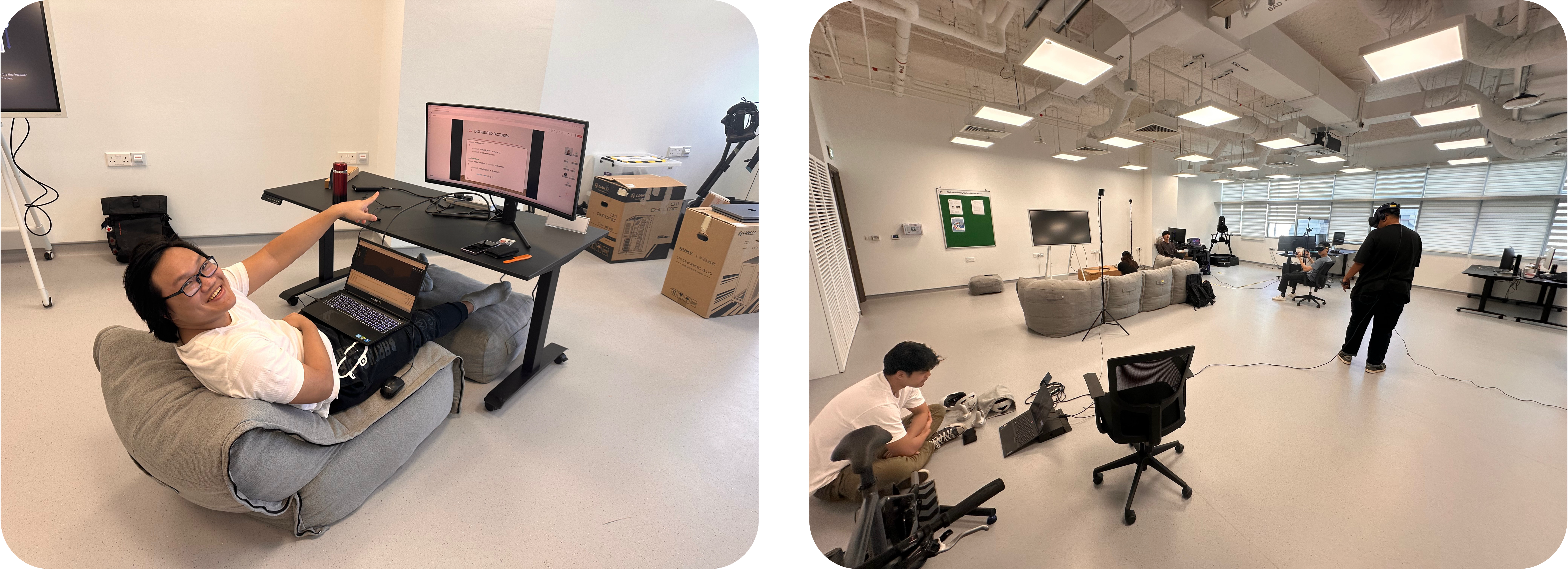
This space houses specialized equipment consolidated from various projects, providing students with access to hands-on tools. More importantly, it serves as a physical hub that brings together academia, industry, and students.
- Faculty contribute deep expertise in immersive technologies, using the space to conduct research and deliver structured learning activities that translate cutting-edge insights into student learning
- Research engineers bring technical mastery of in-house tools (e.g., Research Packet GitHub repositories) and industry-standard platforms, supporting both R&D efforts and guiding students in applying these tools effectively in the lab
- Students bring diverse disciplinary perspectives and project goals, engaging in hands-on work that allows them to apply, adapt, and extend shared knowledge and tools for their own learning outcomes
- Industry partners contribute real-world insights and problem contexts, engaging with ongoing work in the lab to provide feedback and validate the practical relevance of the tools and platforms developed
The UI/UX Studio is the physical representation of the Centre’s approach to facilitate this ecosystem of collaboration, where the shared space and resources enable meaningful interactions between academia, industry, and students.
The Virtual Learning Space

We run an Immersification YouTube channel to share development knowledge and insights from the industry.
- development tutorials on immersive technologies
- video podcasts with industry professionals
- immersification research project highlights
Single-slide Pitch Deck
